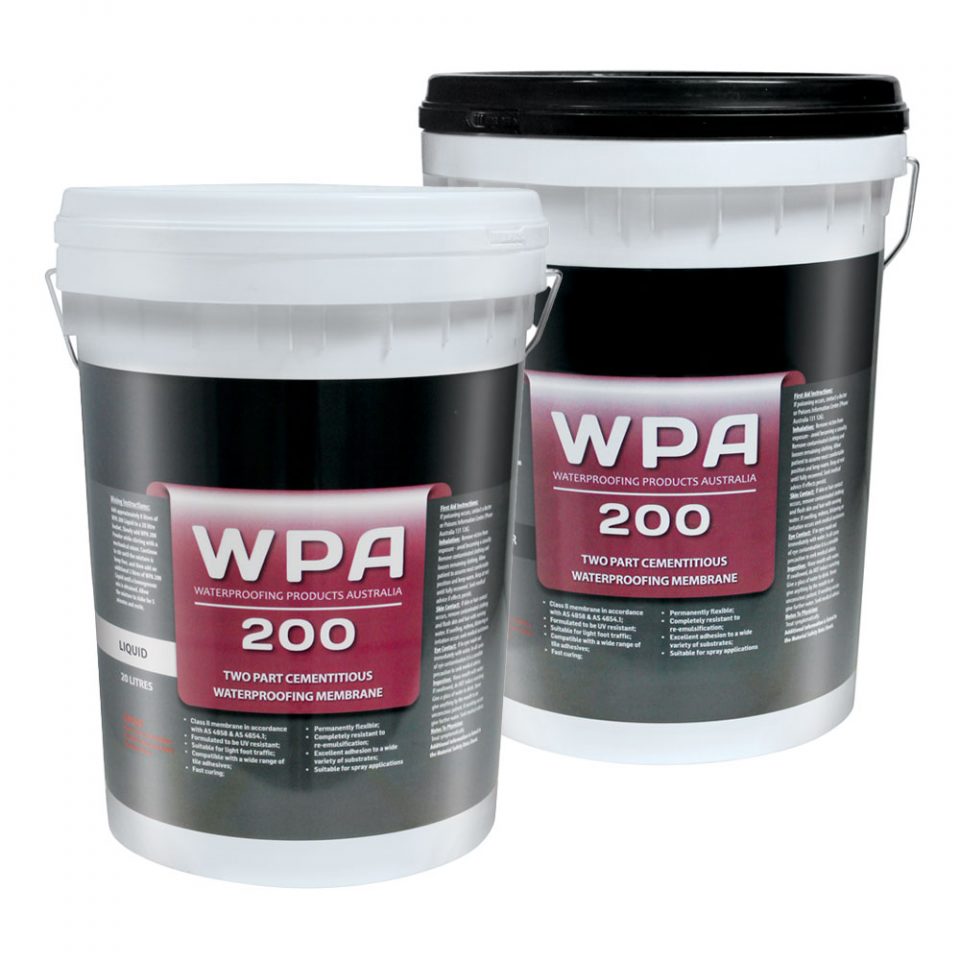Systems
Roofs
Home Bayset Systems Roofing Systems Waterproofing Concrete Roof Under Ballast – Trafficable – 420
Waterproofing Concrete Roof Under Ballast – Trafficable – 420
Preparation:
- All surfaces to be waterproofed must be firm, clean, dry, sound and smooth. All grease, oil, wax, curing compounds, loose material, paint and any other contaminants must be removed, masonry surfaces must be pointed flush and surface defects repaired. New concrete must be cured for a minimum of 28 days.
- External corners to be waterproofed must be bevelled to ensure a smooth transition of membrane from vertical to horizontal surfaces.
Installation:
- Waterproofing installation shall be in accordance with the applicable provisions of the National Construction Code.
- Install TPA Screed to achieve appropriate falls to waste. Where a bonded screed is required, apply a bond coat using TPA 401M or TPA Lite.
If an engineered, rapid screed is needed, install TPA Rapid Screed, with a bond coat of TPA Rapid for bonded screeds.
TPA Screed is a pre-blended screed mixture for the installation of cementitious screeds and tile beds, suitable for internal and external floor applications.
TPA Rapid Screed is a pre-blended, rapid set, engineered screed mixture for the installation of cementitious screeds and tile beds, suitable for internal and external floor applications.
TPA 401M is a white, flexible, powdered adhesive for wall and floor applications.
TPA Lite is a premium grade, white, fibre-reinforced, flexible cement-based tile adhesive, based on a lightweight formulation.
TPA Rapid is a high-quality, cost-effective, rapid-setting, polymer-modified, grey cement-based tile adhesive.
- Install a puddle flange to all waste pipes ensuring that puddle flanges are recessed into the substrate.
- Prime PVC and other non-porous substrates using WPA 160 primer.
WPA 160 is a specialised solvent-free primer designed for enhancing the adhesion of subsequent membranes, adhesives, toppings and decorative finishes over non-porous substrates.
- Apply WPA 460 or WPA 560 primer to the substrate being waterproofed.
WPA 460 is a two-part, water-based epoxy primer, used to seal concrete and masonry surfaces.
WPA 560 is a two-part, water-based epoxy primer, designed as a water and vapour-proof coating under waterproofing membranes.
- Apply WPA 200 membrane in a minimum of two coats to achieve the required dry film thickness. Ensure that the previous coat has completely dried before applying the subsequent coat(s). NOTE: All penetrations must be waterproofed.
WPA 200 is a flexible, two-part, rapid-drying, cementitious waterproofing membrane system, specifically designed for use under tile, stone and exposed applications.
- All transitions must be detailed utilising WPA Elastoband.
WPA Elastoband is an innovative detailing system designed for waterproofing and sealing all types of joints, junctions and transitions subjected to movement.
- Install WPA Drainage Cell over waterproof membrane to separate from selected ballast.
WPA Drainage Cell is a two-core drainage sheet consisting of a non-woven geotextile filter layer thermally welded to a water-impermeable, recycled HDPE (High-Density Polyethylene) drainage membrane.
- Install an appropriate ballast system over WPA Drainage Cell.
- Install over-flashing to cover membrane termination along walls. Leave a minimum 10mm gap from the finished floor level.
- Completely encapsulate parapet walls with primer and membrane. OPTIONAL: Cover membrane on parapet walls with metal capping, ensuring that capping is fixed on vertical surfaces only.
Products Used
- TPA Screed
- TPA 401M
- TPA Lite
- TPA Rapid Screed
- TPA Rapid
- WPA 160
- WPA 460
- WPA 560
- WPA 200
- WPA Elastoband
- WPA Drainage Cell











